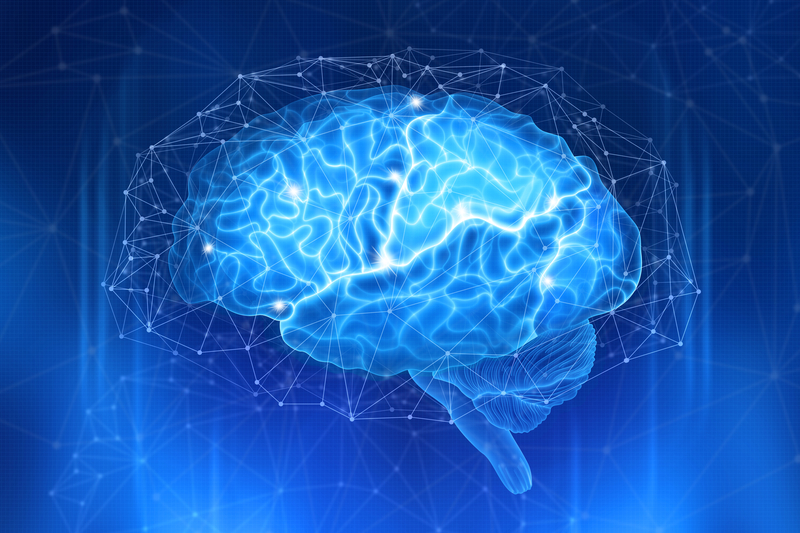
What is the mind? How can we use it to foster inner peace instead of worry and anxiety, those natural human tendencies? For our purposes, the mind is the fundamental aspect of human consciousness. It is the place where our thoughts are produced. The mind interprets and narrates how we see the world. Without getting into a philosophical debate about what the mind is or is not, I want to focus your attention on your thoughts. Most likely as you read the text on this page, you hear the words in your head or somewhere else. And as you read, your mind begins to interpret, comment, and critique these words, and additional thoughts arise.
For example, something I say about the nature of the mind may cause you to think of another definition of the mind you’ve read, perhaps something by William James who described the mind as a stream of consciousness in a constant state of flux. So another common characteristic of the mind–and our thinking–is that it is associative. It connects words or ideas that are presented to it, with other words or ideas that it has produced or encountered before. Let’s call this the associative mind and as we become more familiar with our minds and our thinking, we will see how common this tendency is. These thought associations are what often keep the mind churning, producing an incessant chain of thoughts that “keep on going” like the Energizer bunny.
But how do we become more familiar with our minds and our thinking? And to what extent are we even aware of our thoughts in a given moment? To find out, we have to pause and check in with what’s happening in our mind. For me, the way to do that is by intentionally quieting the mind, that is, reducing the constant chatter in my head. So this blog will highlight resources and tools that have been most useful to me, in learning to quiet the mind and then focus my thoughts more intentionally on what I want and need to accomplish in any given day. It will also explore the notion that you’ve likely heard before: we are what we think. Furthermore, what we think about we bring about. And I invite you to explore whether those statements are true for you.
So for this week, I encourage you to examine what you most often think about in a given day. Further, find out whether there are patterns or themes that emerge in your thinking. To do so, this week pick at least three times during the day to check in with yourself–to see what you’re thinking about. For example, set the intention to check in with yourself in the morning, mid-day, and in the evening, before you go to bed. At those times, sit somewhere quiet where you won’t be distracted, turn off your phone, and take 10-15 minutes to write down whatever you’ve been thinking about for the last 10-15 minutes. Do this every day for one week and set a reminder if you have to. After one week, write to me and let me know if you were a) able to do it every day; b) what themes, if any, emerged for you; and c) where you’re thoughts manifest; and d) anything else you learned about yourself. For example, I did this exercise this week and…
One word of advice: simply record what you’re thinking about. Try not to judge yourself or interpret what you’re thinking about. Approach it like a scientist who is taking notes on a subject of observation. You’re experimenting with yourself in the laboratory of life and it’s important to simply record what’s going on without getting too emotionally involved with the subject. This approach will enable you to be more objective and truthful. In fact, write about what you’re thinking about in the third person. For example, “He (or she, or it) was thinking about the things he doesn’t like about his job and the argument he had with his sister last week. This reminded him that he owes his sister an apology.” If possible, also note any thought associations you had during these moments; that is, how one thought led to another. Try to find those connections and underline them as you write. With more practice, you’ll see that these associative thought forms are the chains that bind us to our habitual ways of thinking and being.
I encourage you to check out our resources page for the many books, guest articles, and other media that have helped me on my journey of self-exploration in learning how to use my mind to create a more peaceful and prosperous life. My exploration of the mind is also intimately connected to my investigation of the body and feeling, those other two fundamental aspects of the human being, which I research and write about on this blog. So check out those resources as well. Once you explore and become more familiar with these three basic facets of the human being, we will explore how to cultivate, harmonize them, and use them to achieve higher states of consciousness.
Good luck this week and keep me posted on your progress here.
